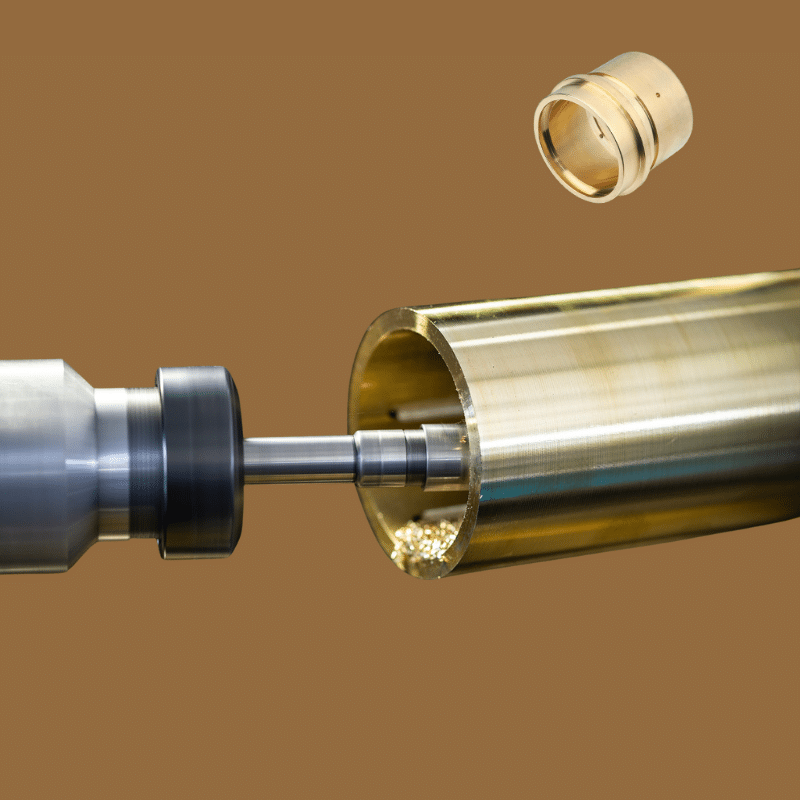Bronze Wear Plates: Custom Machined Bronze Bushings & Bronze Parts
Bearing Bronze Solutions – Tailored for Efficiency & Strength
Custom-Machined Bronze Bushings, Bearings, and Alloy Plate Parts
Bronze plates are indispensable components across various industrial sectors due to their strength, durability, and versatility. They are particularly well-suited for heavy-duty machinery, hydraulic systems, and power transmission equipment, where performance under demanding conditions is critical. For tailored solutions that meet specific operational needs, consulting with specialized suppliers can provide valuable insights into the best materials and designs.
Our products are manufactured in accordance with the standards established by ASTM (American Society for Testing and Materials), CDA (Copper Development Association), and SAE (Society of Automotive Engineers). This commitment ensures that our bronze bushings, bearings, and bronze plate consistently meet the your request quality and performance standards across various applications.
Self-Lubricated Bronze Machining
Standard Size Bushings
Choosing the Wear-Resistant Copper Alloys for Port Machinery: Materials for High Load and Harsh Conditions
In the application of copper alloy wear-resistant blocks for port machinery, selecting the most durable and suitable material for high-load and harsh conditions involves considering several factors. These include wear resistance, corrosion resistance, and load-bearing capacity. In this blog post, we’ll take a closer look at several common copper alloys that excel in various working environments, especially in port machinery applications where extreme conditions are the norm.
Comparison of Copper Alloys for Wear Resistance
Here’s a quick comparison of some key copper alloys and their wear resistance characteristics:
| Copper Alloy Type | Wear Resistance Characteristics |
|---|---|
| Aluminum Bronze | High strength, exceptional wear resistance, ideal for heavy load applications. Commonly used in gears and bushings. |
| Tin Bronze | Good wear resistance and corrosion resistance, suitable for manufacturing durable parts, but slightly less durable than aluminum bronze. |
| Brass | Relatively soft, general wear resistance, often used where good machinability is needed. |
| Phosphor Bronze | Increased strength and hardness, good wear resistance, though not as resistant as aluminum bronze. |
Types of Bronze Bearings, Cast Bronze Sleeve Bushings
Customization Options: Manufacturers can tailor groove patterns to meet specific operational requirements, optimizing performance based on load conditions and speed.
Sizes and Customization: Bronze plates are available in various thicknesses and sizes. Common thicknesses range from 0.15 mm up to several inches, with standard dimensions typically being 2000 mm x 1000 mm or 3000 mm x 1000 mm. Custom sizes can be produced based on specific project requirements through cutting services offered by suppliers.
For projects requiring specific bronze plate characteristics or custom modifications, contacting a specialized supplier can provide tailored solutions that meet unique operational needs. Grooved bronze bushings are widely used across various industries due to their robust performance characteristics.
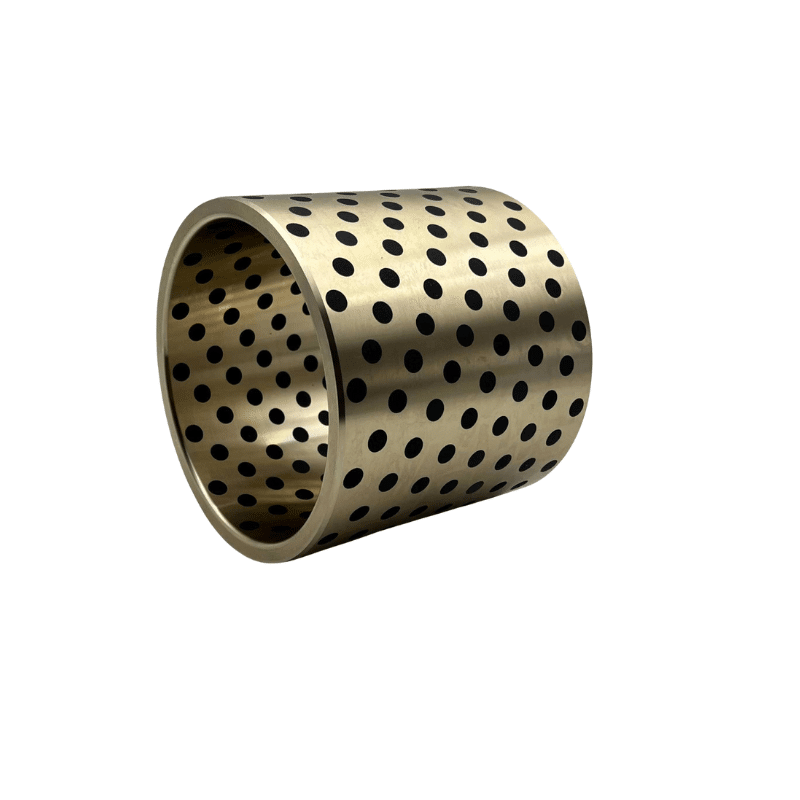
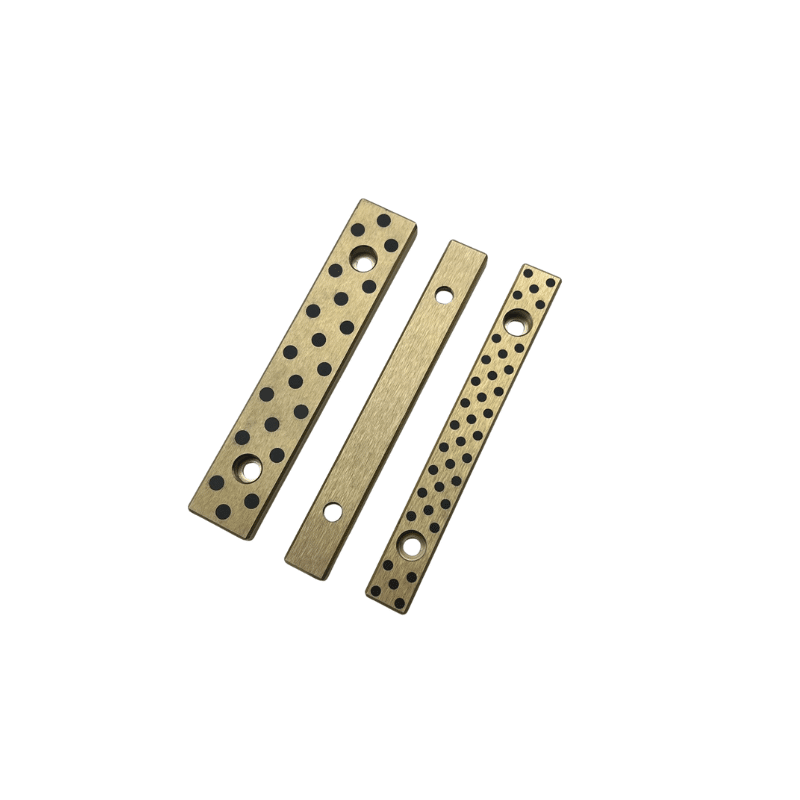
Selection Guide for Bearing Bronze Bushing Materials, Types of Grooves for Lubrication
There are various groove designs that can be integrated into bronze bushings, each tailored for specific applications:
Circular Grooves: These grooves ensure even distribution of lubricant across the bushing surface, promoting consistent lubrication.
Wick Grooves: Similar to a lamp wick, these grooves effectively hold and distribute lubricant, ensuring that the bushing remains well-lubricated even under heavy loads.
Straight Grooves: Running parallel to the shaft, these grooves allow direct lubrication along the length of the bushing, making them ideal for linear applications.
V-Shaped Grooves: Particularly effective for oil lubrication, this design promotes the formation of an oil film between the bearing and shaft, reducing friction.
Closed and Open Grooves: Closed grooves trap lubricant within them, while open grooves allow free flow across the bearing surface. The choice between these designs depends on the specific lubrication needs of the application.
Benefits of Grooved Bronze Bushings: Incorporating grooves into bronze bushings offers several advantages:
Enhanced Lubrication: The grooves act as reservoirs for lubricants, ensuring a consistent supply that minimizes friction and wear.
Reduced Maintenance: With effective lubrication pathways, grooved bushings require less frequent maintenance compared to traditional bushings.
Increased Durability: Properly lubricated bushings can withstand higher loads and operate effectively in challenging conditions, extending their service life!
Our cast bronze plates offer a dependable, low-friction surface for rotating shafts, ensuring optimal performance even in the most demanding applications.
About us
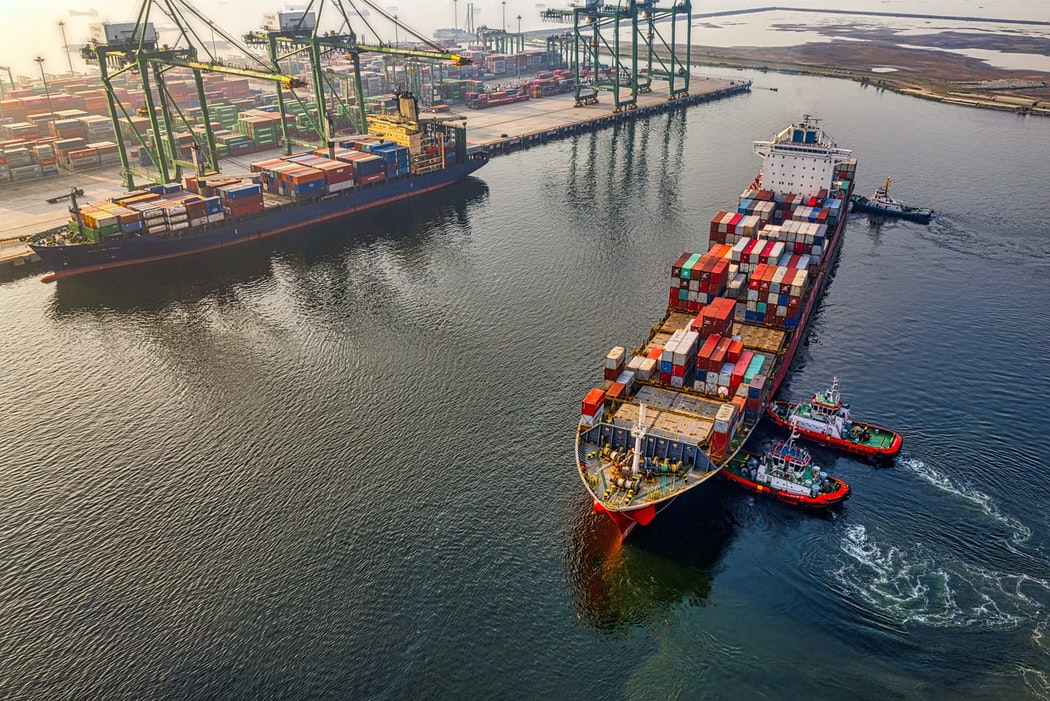
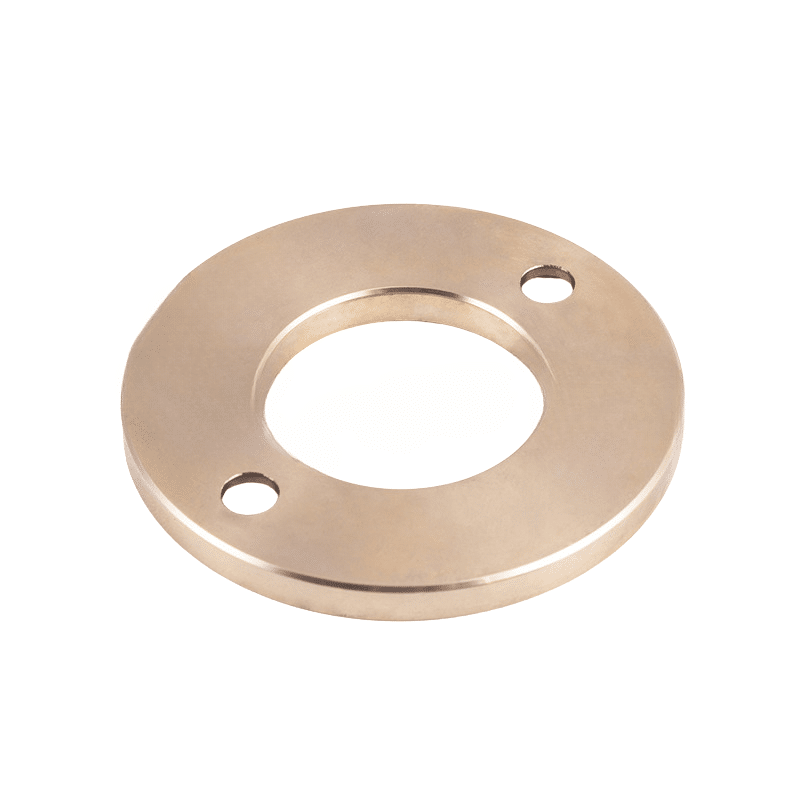
Heavy-duty machinery
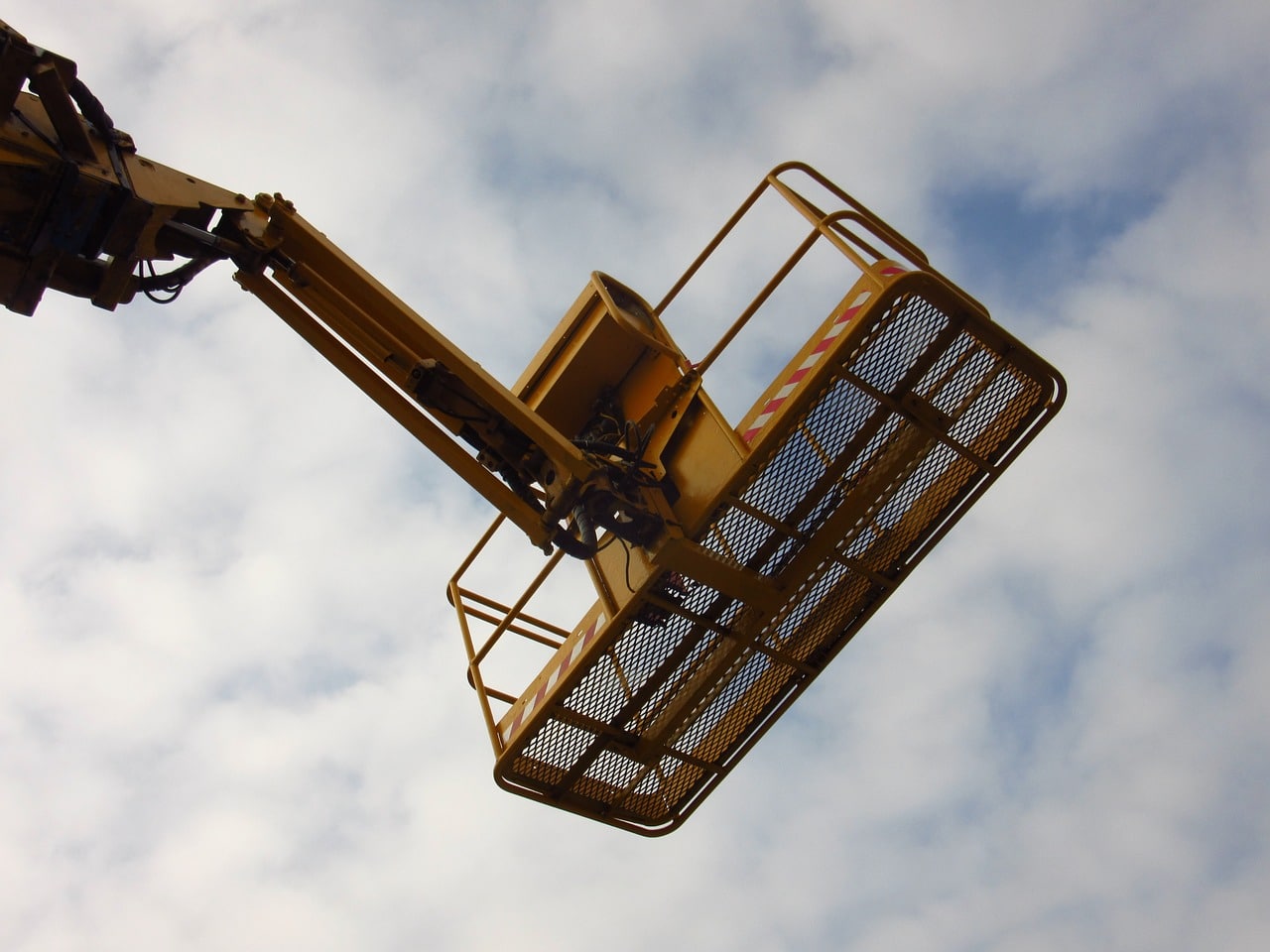
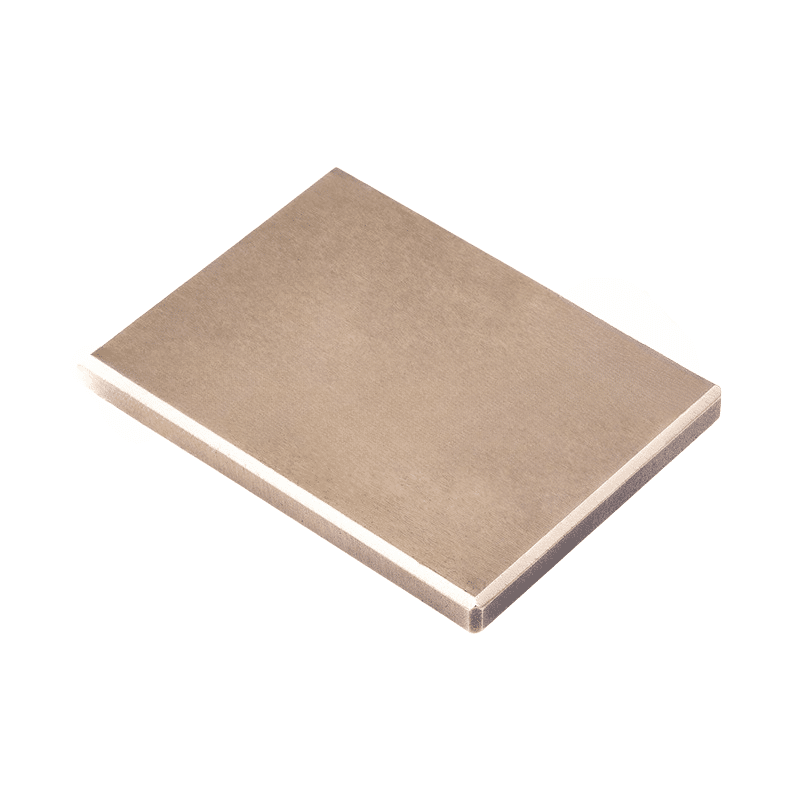
Hydraulic systems
In hydraulic applications, bronze plates serve crucial functions:
-
Pistons and Cylinder Liners: Their corrosion resistance and ability to withstand high pressures make bronze plates suitable for hydraulic systems where reliability is essential.
-
Thrust Plates: These components regulate axial movement within hydraulic gear pumps, ensuring smooth operation and longevity by minimizing metal-to-metal contact
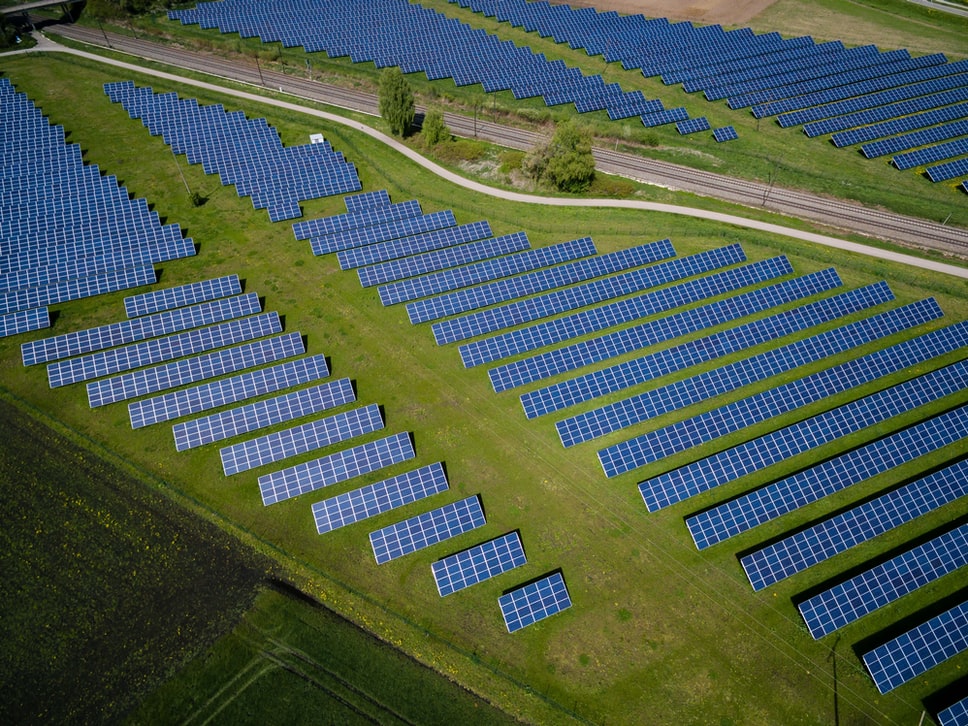
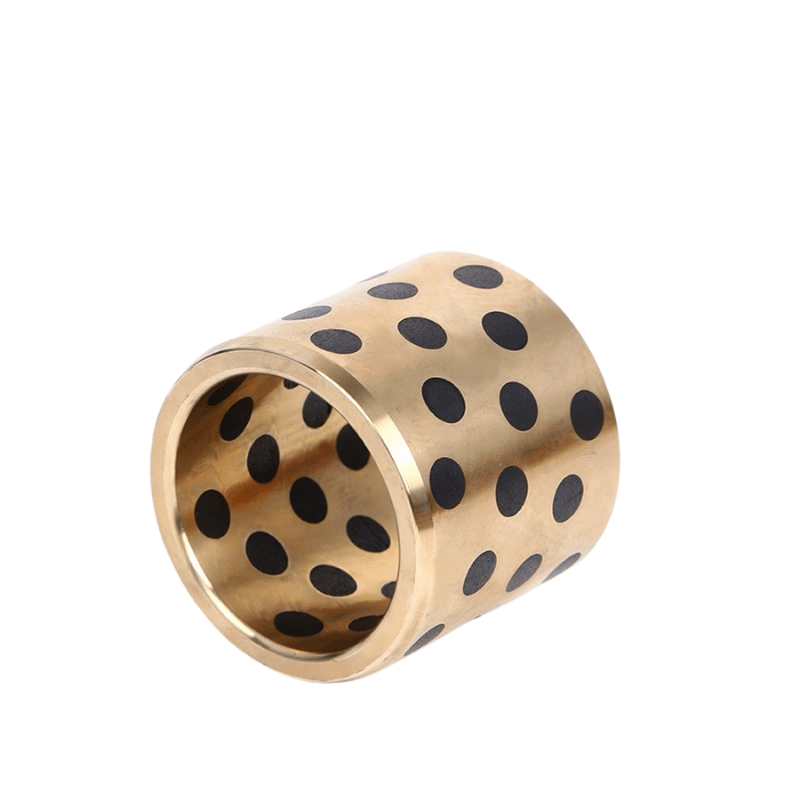
Power transmission equipment
Bronze is a preferred material in power transmission systems due to its:
High Load Capacity: Bronze plates are used in gears, bushings, and bearings that require excellent load-bearing capabilities while maintaining low friction8.
Durability: The resilience of bronze against wear and fatigue makes it suitable for applications involving continuous motion and stress.

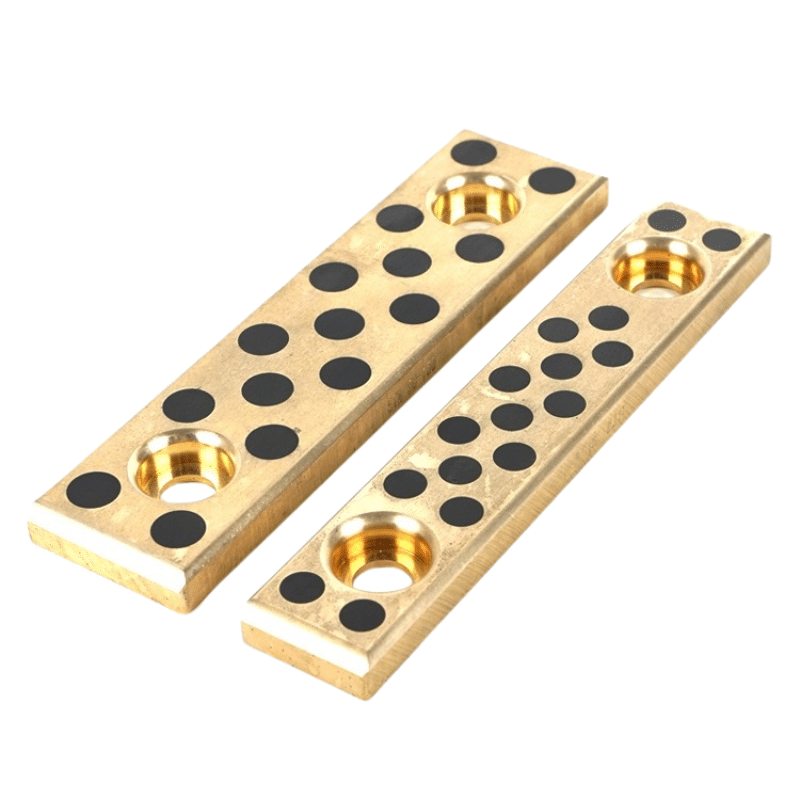
Marine applications
Custom Aluminum Bronze Bearing Parts,CNC Machining Service, Prototype Design & Engineer, a range of products including self-lubricating bushes and bearings
Lubrication Solutions
Machined Parts & Custom Castings
Graphite Grooves or Plugs, Incorporating Grooves for Lubrication in Cast Bronze Bushings
When designing machinery or projects that require cast bronze bushings, incorporating grooves for lubrication is essential for enhancing performance and extending the lifespan of components. Grooved bushings facilitate the effective distribution of lubricants, such as oil and grease, which significantly reduces friction and wear during operation. For projects requiring custom modifications to cast bronze bushings with grooves for lubrication, it is advisable to consult with specialists who can provide tailored solutions. This ensures that the groove design aligns perfectly with your operational needs and enhances the overall efficiency of your machinery.

